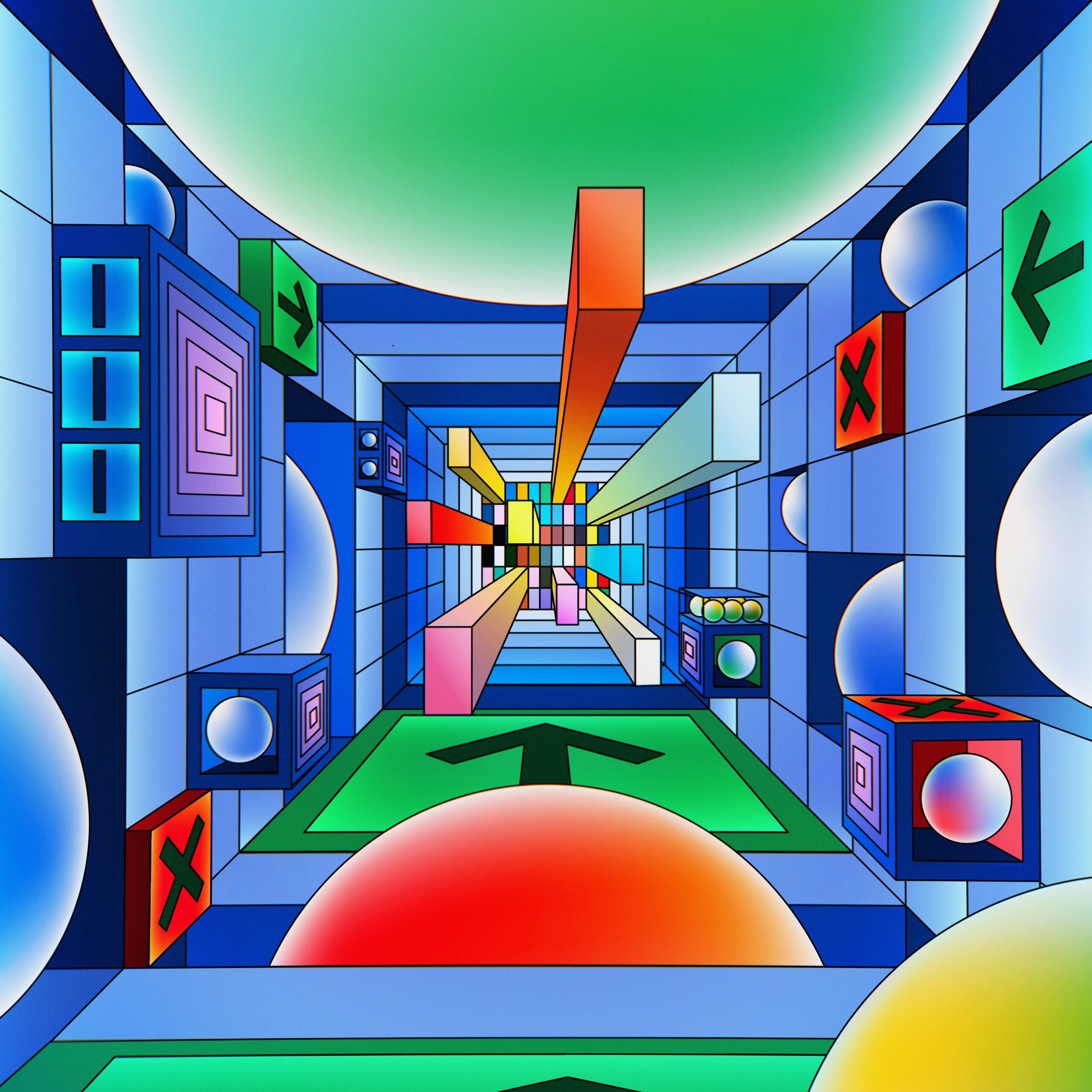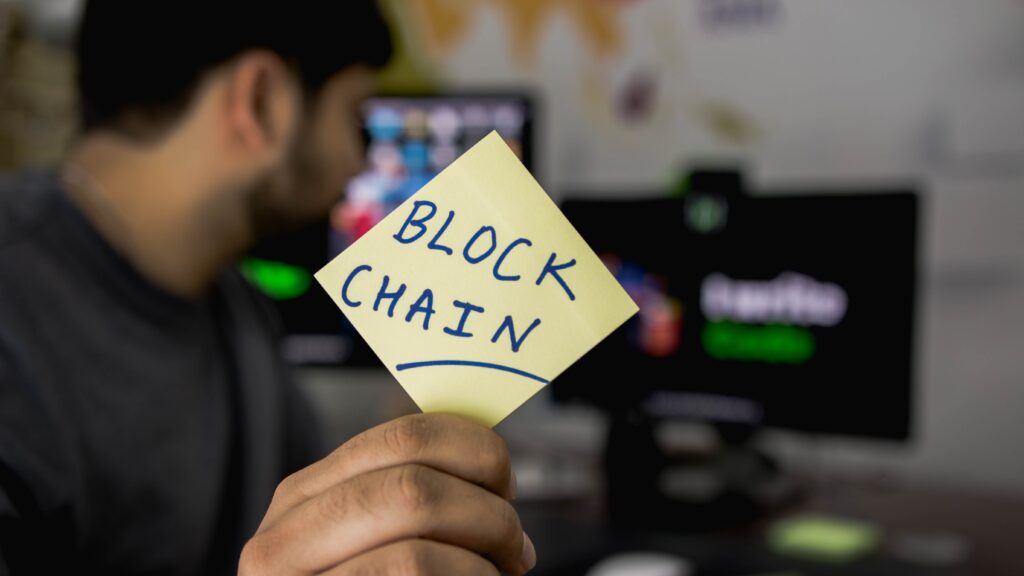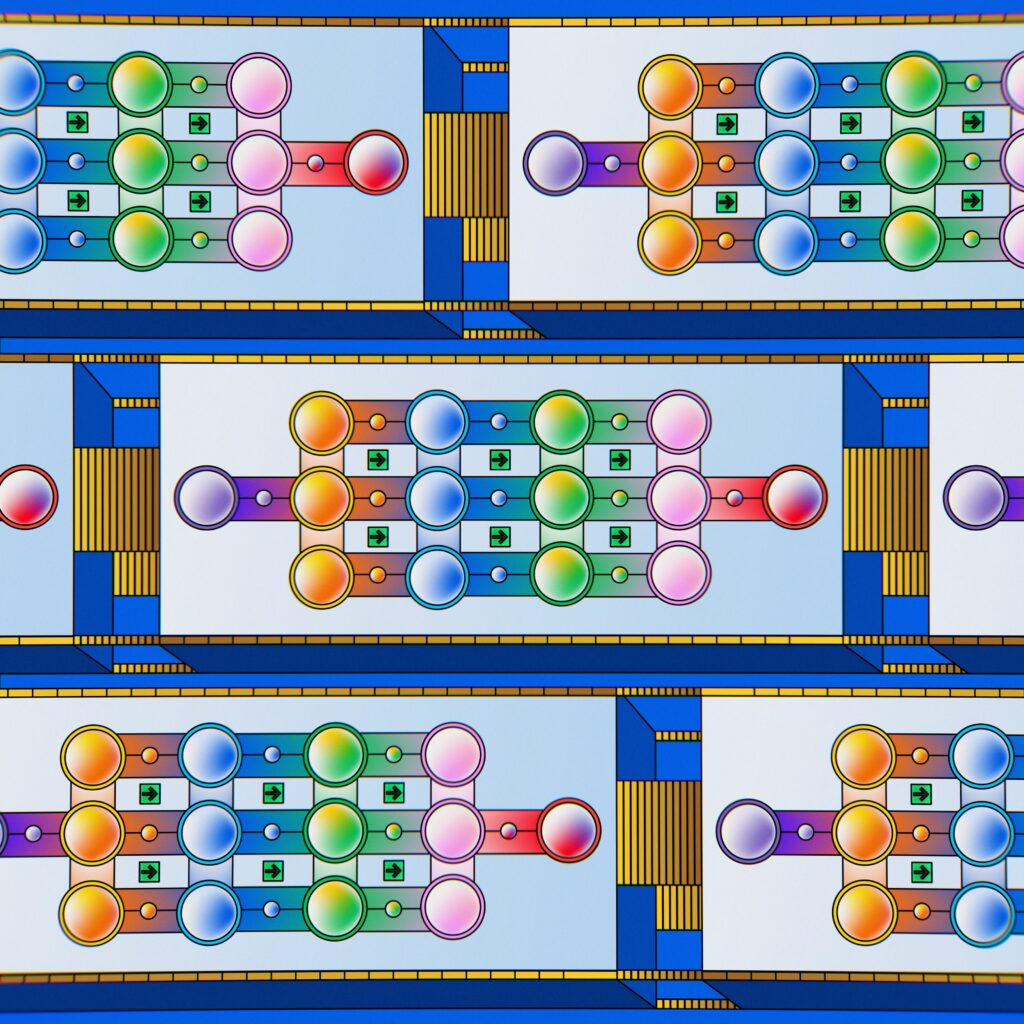
In today’s technologically advanced world, the concept of artificial intelligence (AI) has become increasingly prominent. AI has the remarkable capability of generating images, a feat that once seemed unimaginable. But the question arises: which AI is responsible for this revolutionary task? With numerous advancements and breakthroughs in the field of AI, it is crucial to explore and understand the different AI systems that possess the incredible ability to generate images. This article aims to shed light on this intriguing topic, providing a comprehensive overview of the various AI technologies that are behind the creation of captivating and realistic images.

1. Introduction to AI-generated images
1.1 Overview of AI-generated images
AI-generated images refer to images that are created using artificial intelligence algorithms. These algorithms have the ability to analyze and learn from vast amounts of data, allowing them to generate realistic and high-quality images without the need for human intervention. This technology has revolutionized various industries by offering new possibilities in creativity, design, marketing, and research.
1.2 Importance of AI-generated images in various industries
AI-generated images have become increasingly important in a wide range of industries. They offer creative professionals, marketers, and researchers the ability to quickly generate high-quality visuals that can enhance their work and captivate their audience. In industries such as digital art, gaming, advertising, fashion, and medical imaging, AI-generated images have proven to be invaluable tools, enabling new levels of innovation and efficiency.
2. Types of AI used for generating images
2.1 Generative Adversarial Networks (GANs)
Generative Adversarial Networks, or GANs, are a type of AI model that consists of two neural networks: a generator and a discriminator. The generator network creates new images by learning from existing data, while the discriminator network evaluates the generated images and provides feedback to the generator. Through this iterative process, GANs are able to generate highly realistic images that can pass as authentic.
2.2 Convolutional Neural Networks (CNNs)
Convolutional Neural Networks, or CNNs, are another type of AI model commonly used for image generation. CNNs excel in image recognition tasks and can also be trained to generate images by learning patterns and features from existing data. These networks are often used in the fashion and design industry, where they can create unique and visually appealing designs based on a given set of inputs.
2.3 Variational Autoencoders (VAEs)
Variational Autoencoders, or VAEs, are a type of AI model that works by compressing and decompressing data. In the context of image generation, VAEs are trained to encode existing images into a lower-dimensional representation, known as a latent space. From this latent space, new images can be generated by sampling random points and decoding them back into the image space. VAEs offer a probabilistic approach to image generation, allowing for more diverse outputs.
2.4 Deep Dream
Deep Dream is a technique that uses neural networks to generate visually captivating and surreal images. It works by manipulating the layers of a pre-trained neural network and enhancing specific patterns and features in an input image. By repeatedly applying this process, Deep Dream can create abstract and dream-like visuals that showcase the neural network’s interpretation of the original content.
2.5 Style Transfer Networks
Style Transfer Networks combine the style of one image with the content of another, resulting in a new image that preserves the content while adopting the style of a different image. This AI technique allows for the creation of unique and visually appealing images by merging different artistic styles. Style Transfer Networks have gained popularity in digital art and design industries, enabling artists to explore new creative possibilities.
3. Applications of AI-generated images
3.1 Digital art and creativity
AI-generated images have greatly influenced the field of digital art, offering new tools and techniques for artists to explore. With AI algorithms, artists can generate unique and innovative visuals that push the boundaries of traditional art forms. This technology has sparked collaborations between AI and human artists, leading to exciting and groundbreaking artworks.
3.2 Gaming and visual effects
The gaming industry has embraced AI-generated images to enhance the visual quality of games and create immersive experiences for players. AI algorithms can generate realistic environments, characters, and special effects, elevating the overall gaming experience. Furthermore, AI-generated images are widely used in the creation of visual effects for movies and animations, enabling filmmakers to bring their visions to life with stunning visuals.
3.3 Advertising and marketing
AI-generated images have become instrumental in advertising and marketing campaigns. With the ability to quickly generate high-quality visuals, marketers can create compelling advertisements that resonate with their target audience. AI algorithms can analyze consumer data and preferences to generate personalized visuals that effectively communicate the brand message and increase engagement.
3.4 Fashion and design industry
In the fashion and design industry, AI-generated images are used to create unique and visually striking designs. AI algorithms can analyze patterns, colors, and styles from existing designs to generate new and innovative fashion pieces. Fashion designers can also leverage AI to create virtual clothing lines, enabling customers to explore and try on different designs without the need for physical prototypes.
3.5 Medical imaging and research
AI-generated images have made significant advancements in the field of medical imaging and research. By analyzing large datasets of medical images, AI algorithms can detect and diagnose diseases with high accuracy. Furthermore, AI-generated images can simulate medical conditions to aid in research, enabling scientists to study and test hypotheses without the need for invasive procedures.
4. Benefits and limitations of AI-generated images
4.1 Advantages of AI-generated images
The use of AI-generated images offers several benefits. Firstly, it saves time and resources by automating the image generation process, allowing professionals to focus on other aspects of their work. AI-generated images also provide new creative possibilities, enabling professionals to explore innovative designs and concepts. Additionally, AI algorithms can generate large quantities of images, which is particularly useful in industries such as advertising and gaming.
4.2 Challenges and limitations of AI-generated images
Despite their advantages, AI-generated images also present challenges and limitations. One major challenge is the potential for biases in the generated content, as AI algorithms learn from existing datasets that may contain inherent biases. Another limitation is the lack of human touch and intuition in AI-generated images, which can sometimes result in aesthetically pleasing but emotionally or culturally disconnected visuals. Additionally, the ethical implications of AI-generated images, such as issues of trustworthiness and authenticity, must be considered and addressed.

5. Popular AI models for image generation
5.1 DeepArt
DeepArt is an AI model that uses deep learning techniques to generate artistic images. It combines the content of one image with the style of another, resulting in visually appealing and unique artworks. DeepArt has gained popularity among artists and creative enthusiasts, allowing them to experiment with different styles and create personalized artworks.
5.2 DALL·E
DALL·E is an AI model developed by OpenAI that can generate images based on textual descriptions. By understanding and interpreting written prompts, DALL·E can generate highly detailed and contextually relevant images. This model has demonstrated the potential of AI to understand and create visual content based on textual input.
5.3 DeepFakes
DeepFakes refer to AI-generated images or videos that manipulate or replace the original content with fake, but highly realistic, elements. While DeepFakes have raised concerns regarding misinformation and the spread of fake news, they have also been used in creative contexts, such as entertainment and humor.
5.4 Pix2Pix
Pix2Pix is an AI model that can generate images based on input-output pairs. It learns the mapping between the input and output images, enabling it to generate realistic images from simple sketches or abstract shapes. Pix2Pix has been widely used in various applications, such as image-to-image translation and architectural design.
5.5 Neural Style Transfer
Neural Style Transfer is an AI technique that combines the style of one image with the content of another. By using convolutional neural networks, this technique can create visually striking images that blend different artistic styles. Neural Style Transfer has gained popularity in the field of digital art, enabling artists to create unique and personalized artworks.
6. Ethical considerations of AI-generated images
6.1 Misuse and potential risks of AI-generated images
AI-generated images can be misused for various malicious purposes, including the creation of fake identities, misinformation, and propaganda campaigns. The highly realistic nature of AI-generated images makes it difficult for the average person to discern between real and fake content, leading to potential harm and manipulation.
6.2 Addressing biases and ethical concerns
To address the ethical concerns associated with AI-generated images, it is crucial to develop robust frameworks and guidelines for their use. This includes monitoring and restricting the use of AI-generated images for malicious purposes, ensuring transparency and accountability in their creation and dissemination, and actively working to mitigate biases that may exist in the underlying datasets used for training AI algorithms.

7. Future developments in AI-generated images
7.1 Advances in AI algorithms for image generation
As AI technologies continue to evolve, we can expect significant advancements in the algorithms used for image generation. These advancements may lead to even more realistic and high-quality AI-generated images that rival human-created content. Additionally, research efforts will likely focus on addressing the limitations and challenges associated with biases, authenticity, and emotional connection in AI-generated images.
7.2 Integration of AI-generated images in everyday life
With the increasing accessibility of AI-generated image generation tools, we can anticipate their integration into everyday life. From personalized advertisements to virtual try-on experiences in retail, AI-generated images have the potential to enhance various aspects of our daily lives, offering customized and visually engaging content.
7.3 Impact of AI on traditional image creation industries
The rise of AI-generated images raises questions about the future of traditional image creation industries, such as photography and graphic design. While AI algorithms can generate realistic images, they cannot replace the unique perspective, creativity, and emotional connection that human artists bring to their work. Instead, AI can serve as a valuable tool for artists, augmenting their creative process and expanding their possibilities.
8. Current controversies and debates
8.1 Copyright and intellectual property
The use of AI-generated images has sparked debates surrounding copyright and intellectual property rights. As AI algorithms learn from existing datasets, the ownership and authorship of AI-generated images become unclear. Determining the rightful creators and users of such images poses a significant challenge and requires new legal frameworks and guidelines.
8.2 Authenticity and trustworthiness
The highly realistic nature of AI-generated images poses challenges regarding their authenticity and trustworthiness. Without proper safeguards and verification mechanisms, AI-generated images can be easily used to spread fake information and manipulate public opinion. Developing reliable methods for authentication and verification of AI-generated images is essential to maintain trust and credibility.
8.3 Legal implications
The use of AI-generated images raises legal implications related to privacy, data protection, and potential misuse. Regulations and policies need to be developed to address these concerns, ensuring that the use of AI-generated images aligns with ethical and legal standards. Additionally, legal frameworks must adapt to the rapid advancements in AI technology to effectively govern and regulate its use.
9. AI-generated images and human creativity
9.1 Collaborative possibilities between AI and human artists
AI-generated images offer exciting opportunities for collaboration between AI algorithms and human artists. By leveraging the capabilities of AI, artists can explore new creative directions, automate repetitive tasks, and experiment with different styles and concepts. This collaboration between human creativity and artificial intelligence can result in groundbreaking artworks that challenge traditional notions of artistic creation.
9.2 Redefining the concept of creativity
The integration of AI-generated images in the creative process prompts a redefinition of the concept of creativity itself. While humans have long been considered the sole creators of artistic content, AI models can now generate original and aesthetically pleasing images. This challenges us to reconsider the role of humans in the creative process and opens up new possibilities for collaboration and co-creation between humans and machines.
10. Future implications and impact of AI-generated images
10.1 Changes in the art and design landscape
The widespread use of AI-generated images will inevitably bring about significant changes in the art and design landscape. AI algorithms can rapidly generate large volumes of images, potentially leading to an oversaturation of visual content. This may require artists and designers to find new ways to stand out and create unique, emotionally impactful work that remains relevant in an AI-driven world.
10.2 Societal attitudes towards AI-generated images
As AI-generated images become more prevalent, societal attitudes and perceptions towards them will evolve. Society will increasingly interact with AI-generated visuals in various contexts, such as advertising, entertainment, and social media. This interaction will shape perceptions, preferences, and acceptance of AI-generated images, ultimately influencing their role and influence in society.
10.3 Potential economic and job market effects
The rise of AI-generated images may have implications for traditional image creation industries and the job market. While AI technology can streamline image generation processes, it may also lead to a shift in the demand for certain skills and job roles. New opportunities may arise in the development and maintenance of AI algorithms, while traditional roles may require adaptation or evolve alongside AI technologies.
In conclusion, AI-generated images have become an integral part of various industries, revolutionizing creativity, design, marketing, and research. With the advent of advanced AI models and algorithms, the possibilities for image generation are expanding rapidly. While AI-generated images offer numerous benefits, including time and resource savings, new creative possibilities, and improved efficiency, ethical considerations such as biases, authenticity, and copyright need to be addressed. The dynamic and evolving landscape of AI-generated images will continue to shape industries and challenge traditional concepts of creativity. As society adapts to the presence of AI-generated images, it is crucial to navigate the potential risks and maximize the positive impact of this technology.



